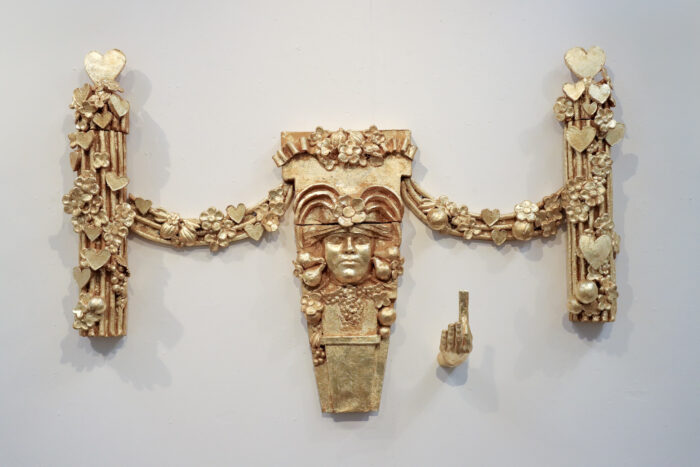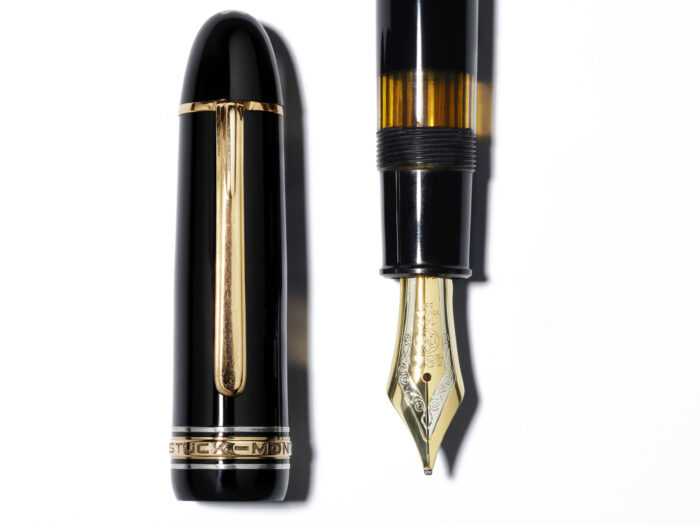On the Mend
At LCW we firmly believe that being made to last is part of what makes special objects special. But everything needs a little care and attention now and then - and it's often our favourite pieces that are most well-worn (and suffer the most wear and tear).

Lockdown has spurred a renewed appreciation for this sort of resourcefulness: we’re getting creative with what we have at home and finding satisfaction in giving a new lease of life to our most loved things.
We’ve heard from a number of people who’ve been taking advantage of this time at home to rescue and repair some of their most cherished items, from clothes to shoes and bags, even ceramics. We thought you might want to have a go yourselves, so we’ve put together here a selection of tips for you to try.
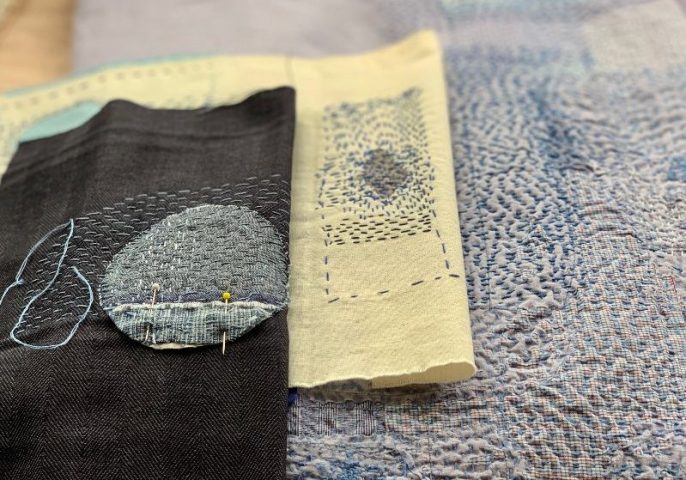
Loop Knitting: Visible Mending – Textile Repair
Celia Pym
Celia has been exploring mending since 2007. Celia’s interests are around the evidence of damage – through repair you look closely at where garments and cloth have become worn and thin. With clothes, this wear and tear is often to do with use and how the body moves: “I like that darning is often small acts of care and paying attention to where things fray and wear out.”
Loop’s online workshops with Celia Pym explore textile repair on knitted and wool textiles: how you do it and why. They consider the tenderness and care of mending, practice mending techniques on knit and learn about artists working with repair. Classes will take place on Saturday 13 June and Saturday 18 July, sign up here.
Hikaru Noguchi
Hikaru is a leading darning creator based in Tokyo. In the last few years, she has delved deeper into visible mending and embroidery as another layer and dimension to her work. As a knit textile designer, she uses darning techniques not only to mend damaged clothes but as a textile element to create more interesting textures on knits.
Order Hikaru’s publication ‘Darning Repair Make Mend’ on the Loop website for more insights: “Climate change is making us rethink how we use resources and not subscribing to fast-fashion and re-using and mending our clothes has become a mark of pride.” Don’t miss Hikaru’s free visible mending tutorials live on her Instagram profile every Friday.
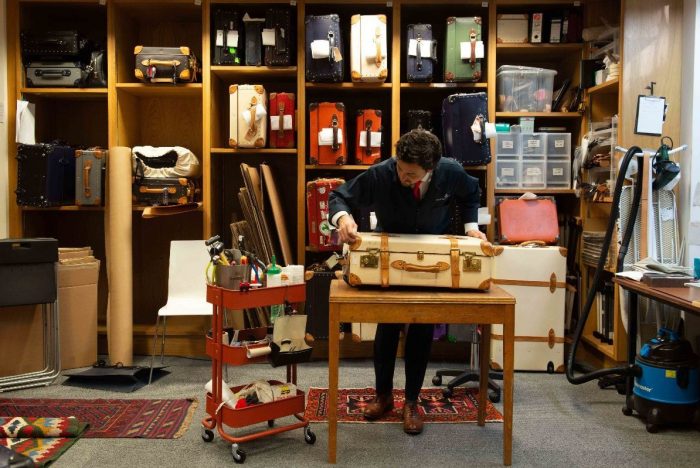
Globe-Trotter | Vitale Barberis Canonico: Leather Maintenance – Meet the Makers
While dreaming of our first travel booking, why not give your suitcase a little love in anticipation with these easy tips from Globe-Trotter:
- Make sure to give the interior of your case a good vacuum clean before putting into storage.
- Place a small bit of your favourite soap wrapped in some muslin to fragrance your case.
- Cover up any scuffs on the leather components using leather polish in a colour matches your case.
- To remove any dirt on the exterior of your suitcase, use a solution of diluted multipurpose cleaner and water to wipe the case down with a lightly damp cloth.
- Make sure your locks, wheels and trolley handle are working smoothly using a small amount of sewing machine oil.
Click here to find out more on how to ensure your suitcase lasts a lifetime.
Rocky Matsuura
Meet Rocky, a repairs specialist who has been working for Globe-Trotter since 2018. “Just as you would keep a cherished piece of jewellery or a pair of designer shoes in pristine condition, it’s important to keep your suitcase well looked after. But don’t worry about minor scuffs – these can be left as mementos of your adventures.”
Laura Ivaldi
Laura has been working at Vitale Barberis Canonico for 16 years, and is in charge of the mending department. “Every season is a new challenge: recognising the nuance of each fabric when it is added to a new collection. Every fabric requires individual care and any slight detail can make all the difference.”
Vitale Barberis Canonico is one of the world’s oldest family run wool mills, now in its 13th generation. The brand’s ethos is to fuse contemporary Italian textile savoir-faire with traditional British style and provide materials for suits and jackets which will transcend generations.
For more than 350 years, the entire manufacturing process of these garments – from washing to finishing – have been carried out in the mill’s historical buildings in Pratrivero in Northern Italy, an area at the heart of Italy’s textile production.
Read more about the 7 steps to creating a quality fabric.
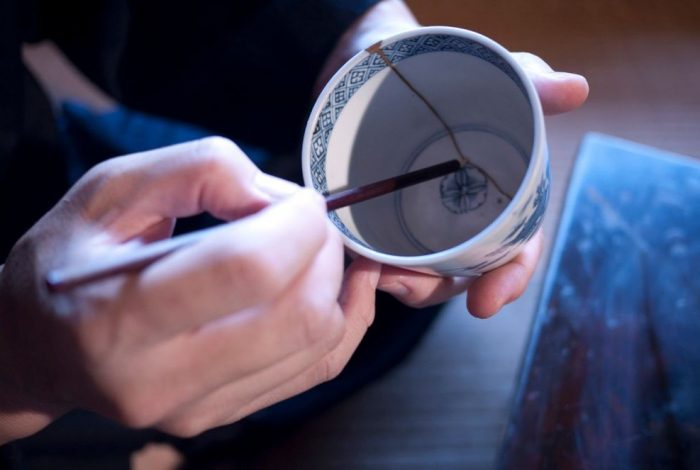
Wagumi: Kintsugi – the Japanese art of repairing broken ceramics
Kintsugi is a method to allow broken ceramics to attain a beautiful afterlife. It is a process that uses lacquer, sealants and metal powder to trace the lines of a breakage, and create something new. More than a simple act of restoration, it makes a features of the cracks formed in a moment of chance, touching on classic concepts in the Japanese decorative arts, such the impermanence of things, and finding beauty in imperfection.
Iku Nishikawa
Iku Nishikawa is highly versed in the principles and techniques of kintsugi. She sees it as an opportunity to fully absorb herself in a process of care; more often than not the required concentration gives rise to laughter, which she says returns character to broken and damaged ceramics that become usable once again.
Wagumi offers kintsugi sets for sale, alongside a range of contemporary Japanese crafts.
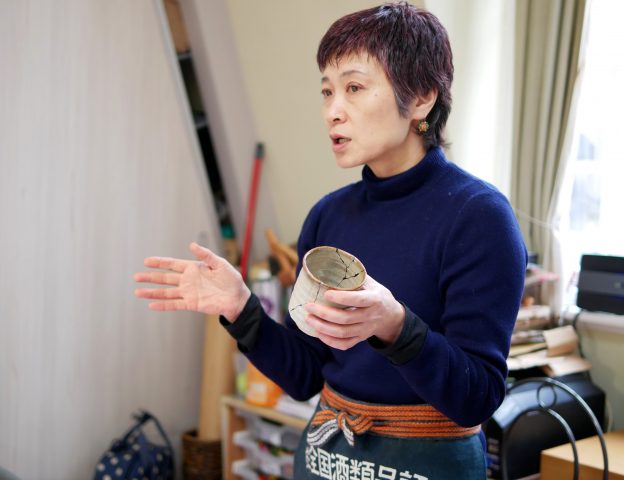
Iku’s Tips for Kintsugi Beginners
- I often recommend beginning by not being totally loyal to the traditional techniques. For home learners I think it is fine to begin, for example, with epoxy glue. You can still achieve a good result by applying traditional kintsugi only in the final phase of repair. Embarking on the full journey – working with lacquer and a long series of phases – is best approached as something to work up to.
- I think it is best to start with a single break on a small plate, ideally with a thick glaze that gives you a good surface to work on. Even for someone with experience like myself, dealing with more than three break lines or chips is difficult.
- Ceramics are the best place to begin. It is possible to apply kintsugi to glass, but this is an advanced technique. The type of ceramics is also important. Some pottery, for example, can absorb moisture, and once kintsugi is applied it may not dry properly when washed. So porcelain, or ceramics sealed for water are often the most suitable to work on.
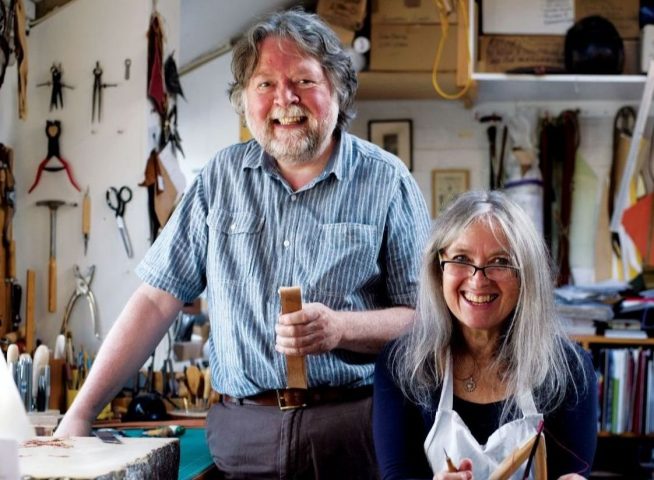
Meet the Makers: An interview with Valerie Michael and Neil MacGregor
If you missed the demonstrations from Neil and Valerie during our Virtual Preview, you can discover more about their making processes in this special interview with Bentleys for LCW:
“Surprisingly few people have ever experienced making something without the aid of machinery. In our workshops we are able to show the connections between our contemporary designs and the fine leather items of the past.
To quote DH Lawrence’s poem ‘Things Men have Made’
Things men have made with wakened hands and put soft life into,
are awake through years with transferred touch, and go on glowing
for long years.
And for this reason, some old things are lovely,
warm still with the life of forgotten men who made them.”
